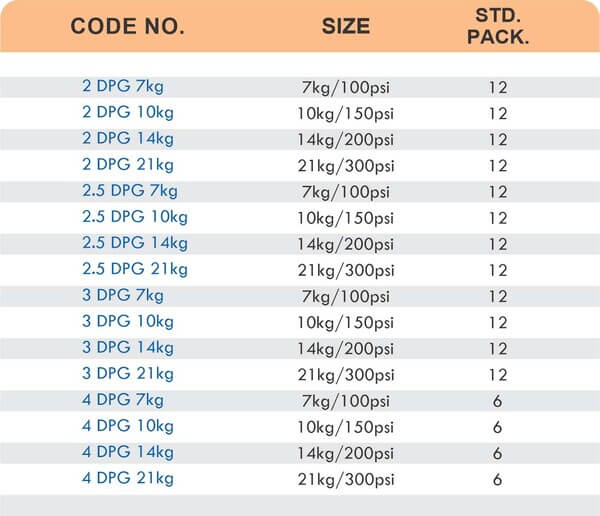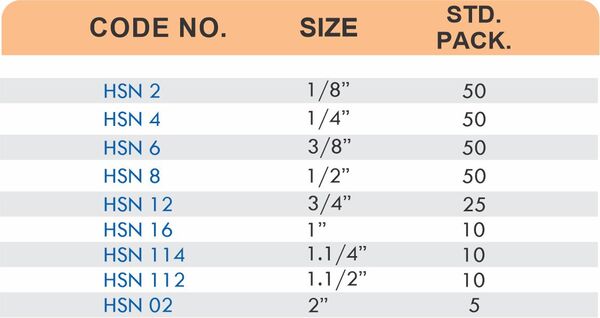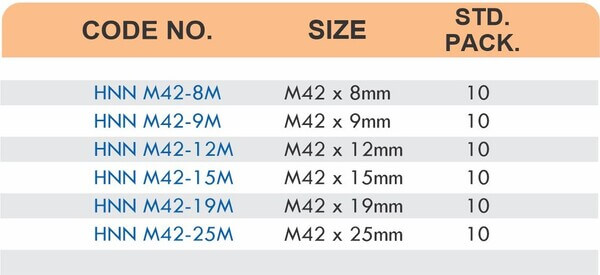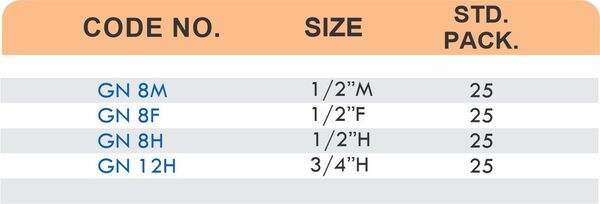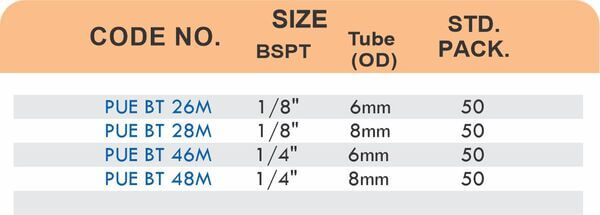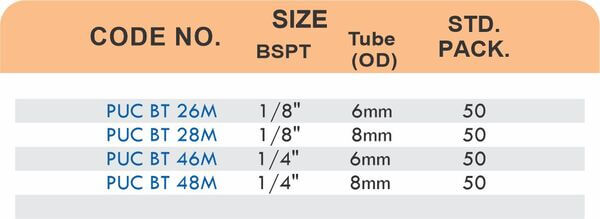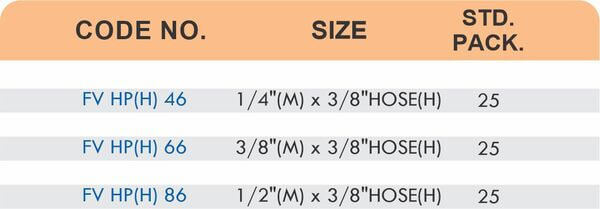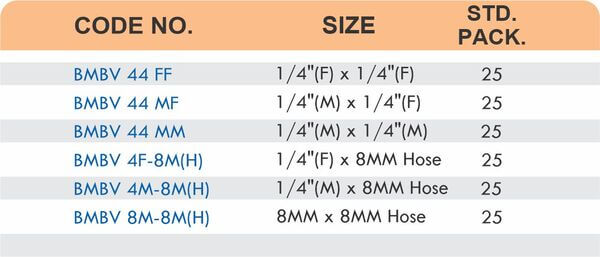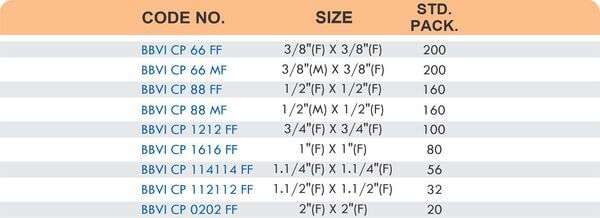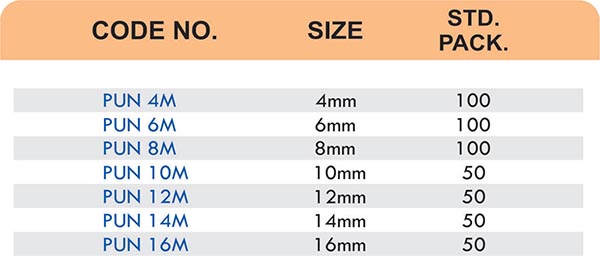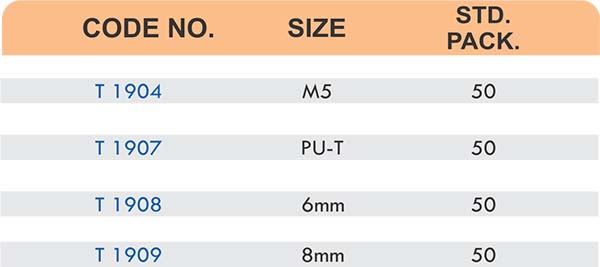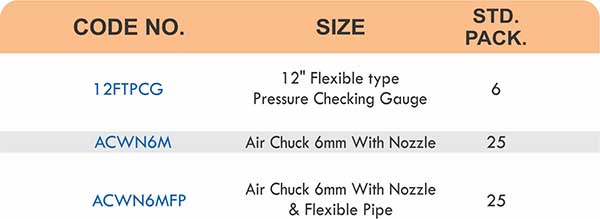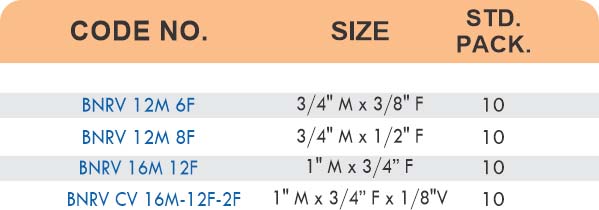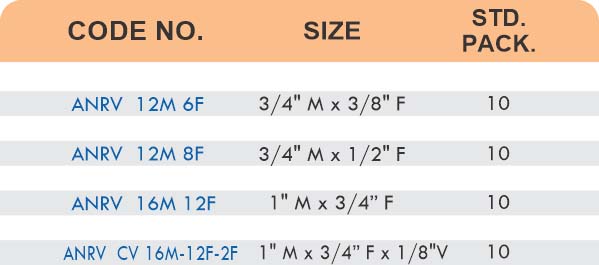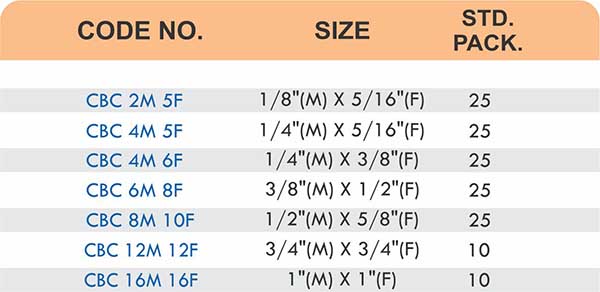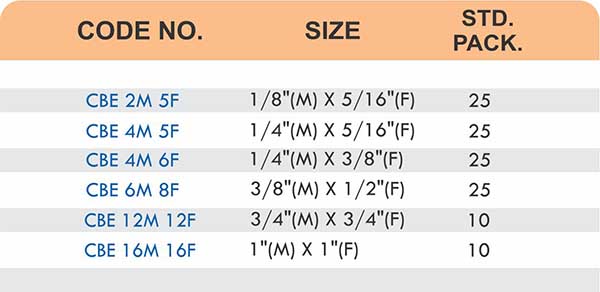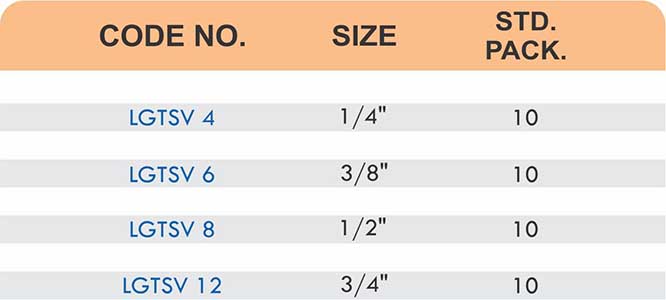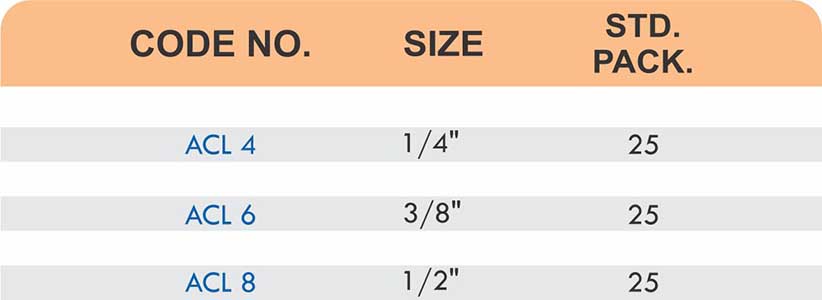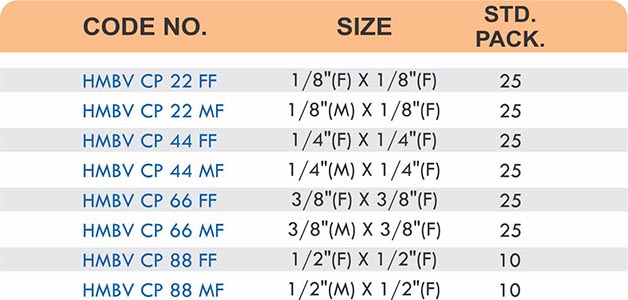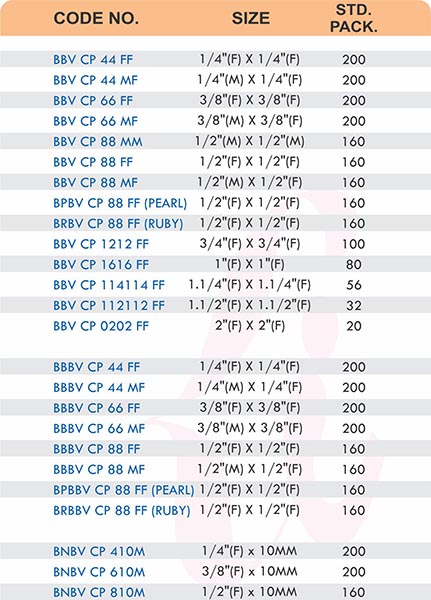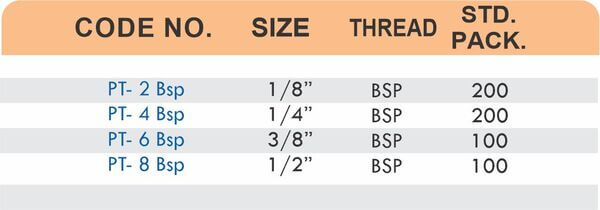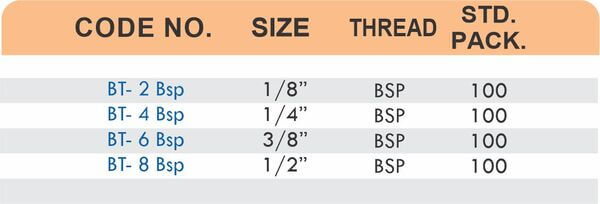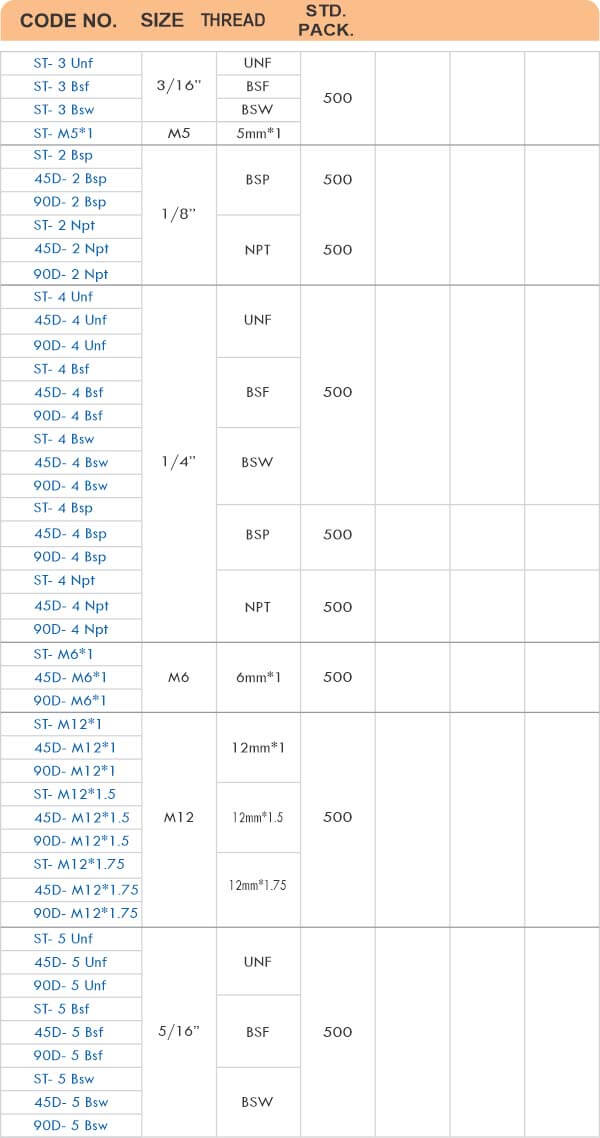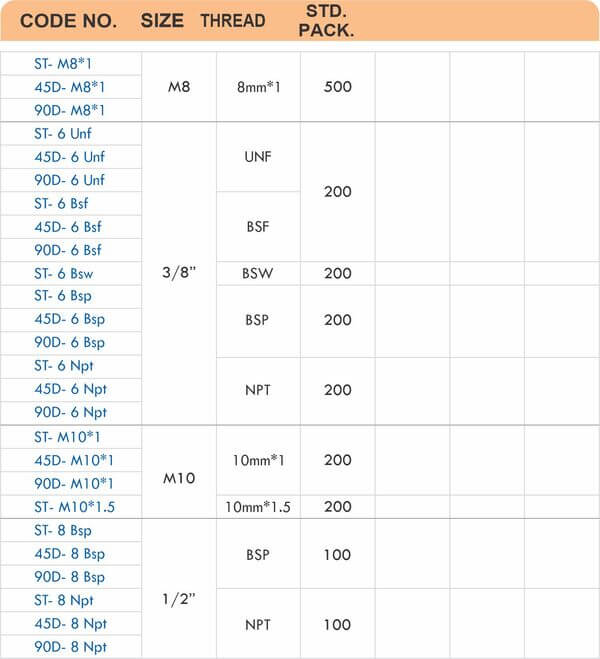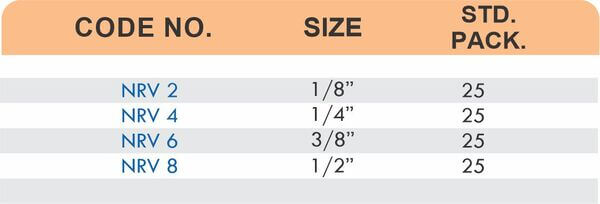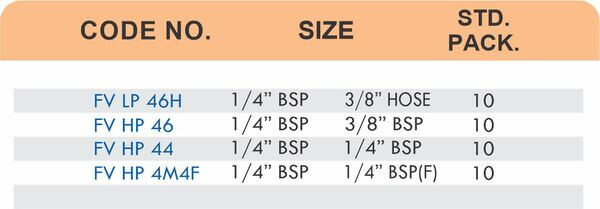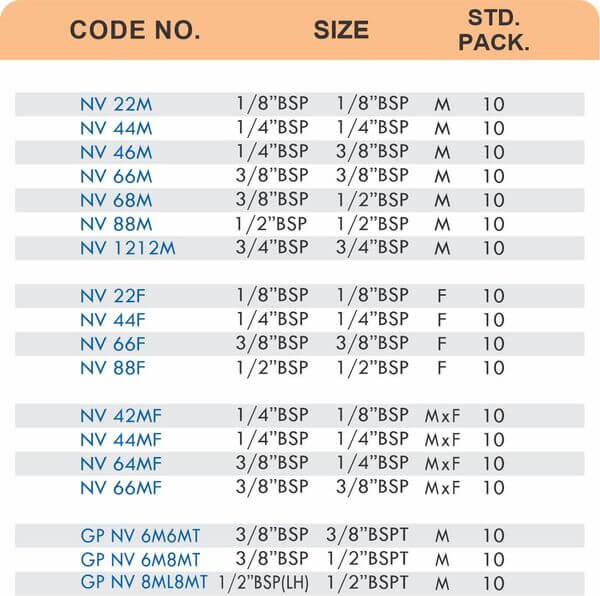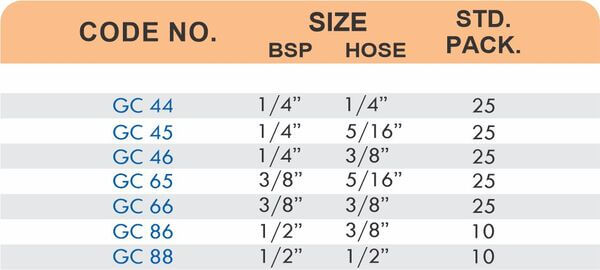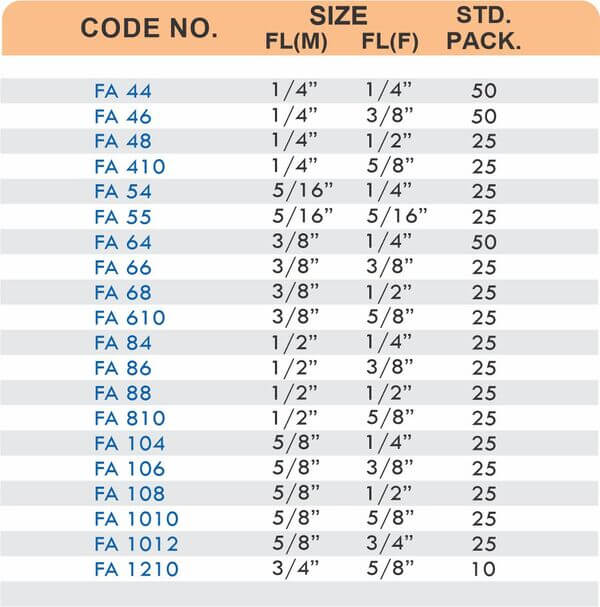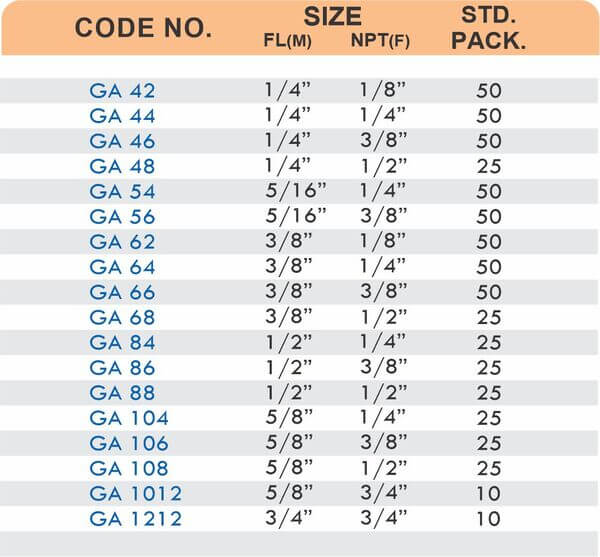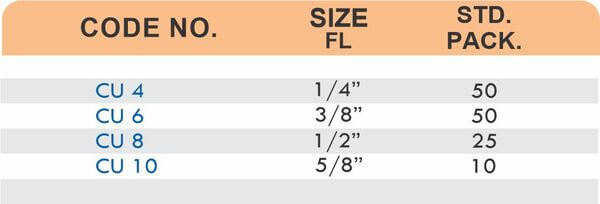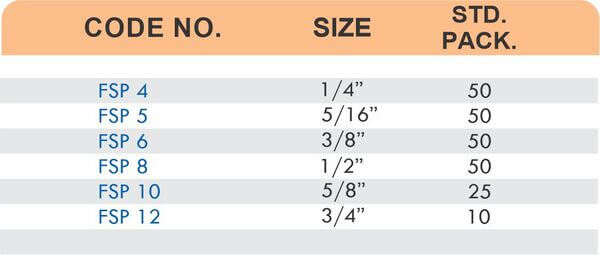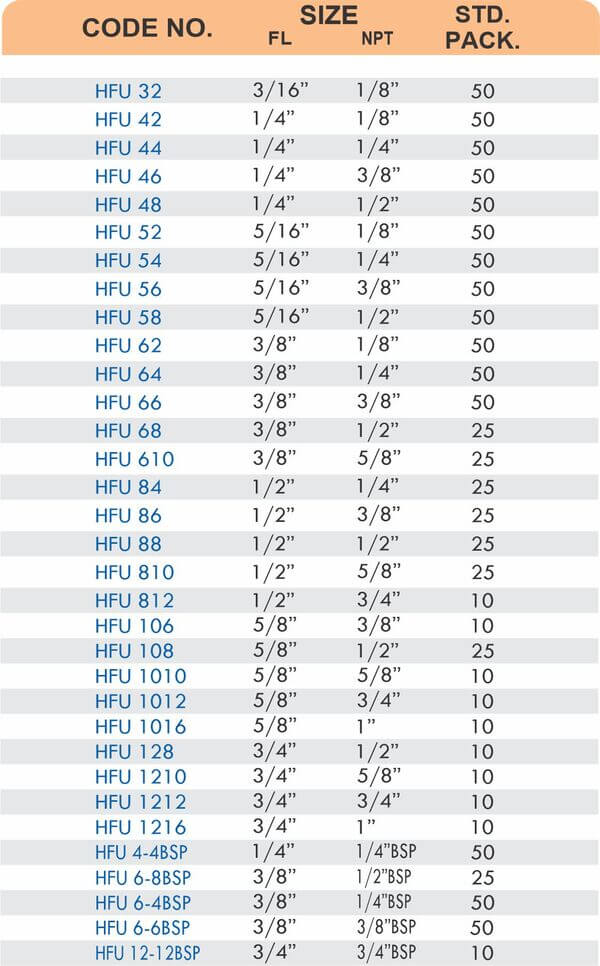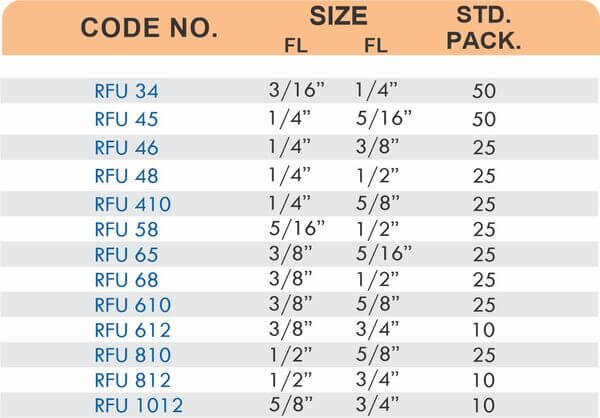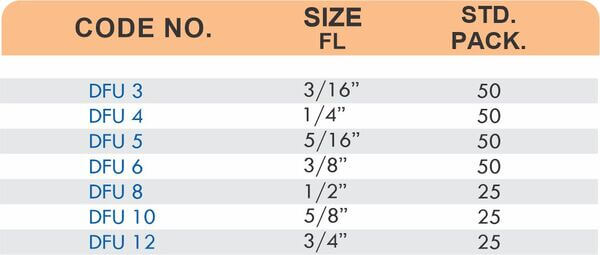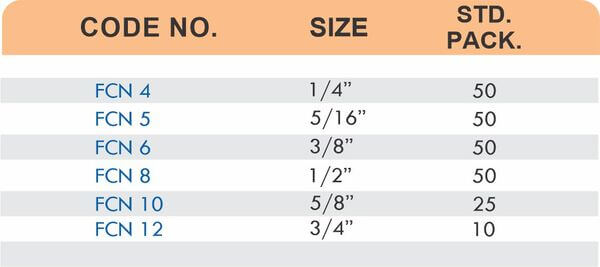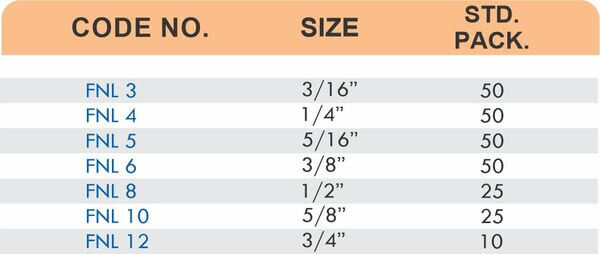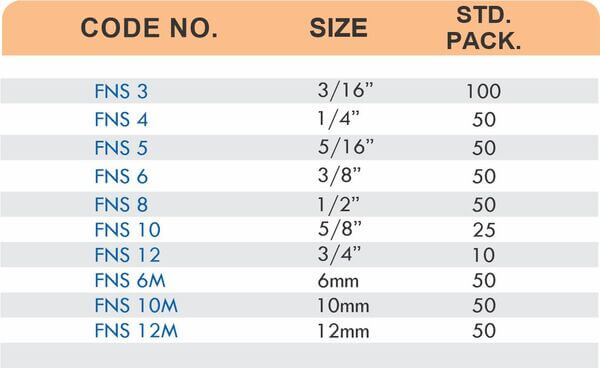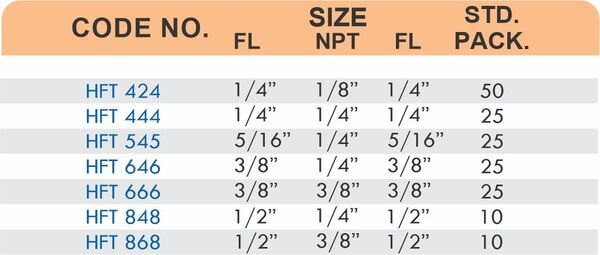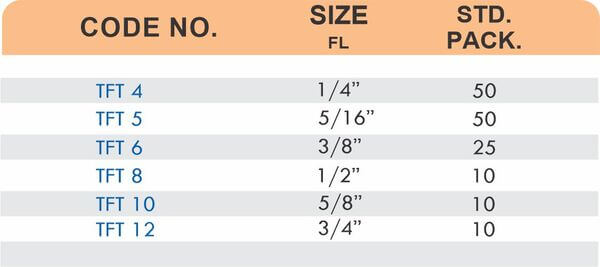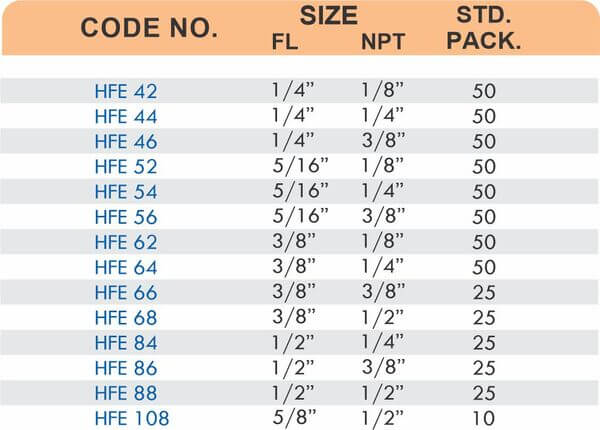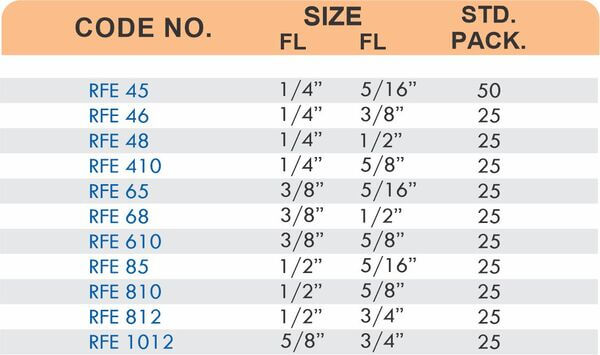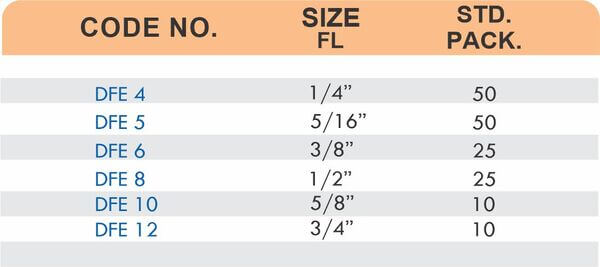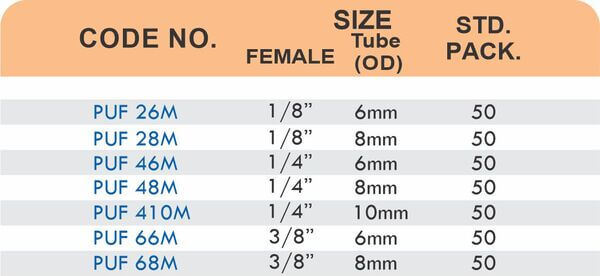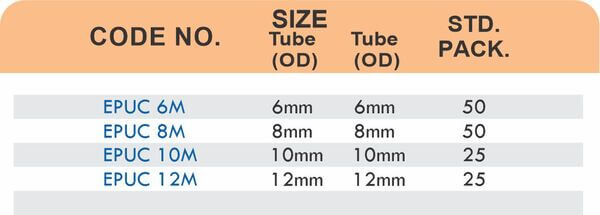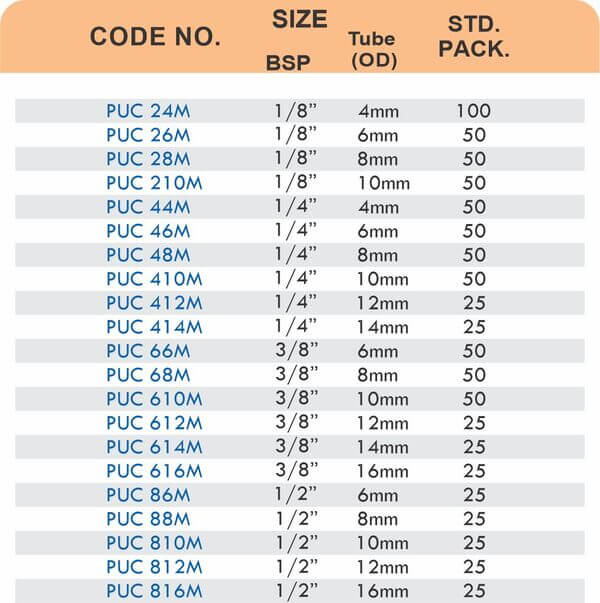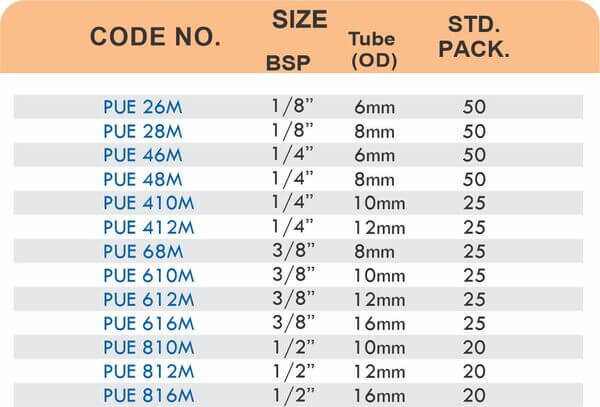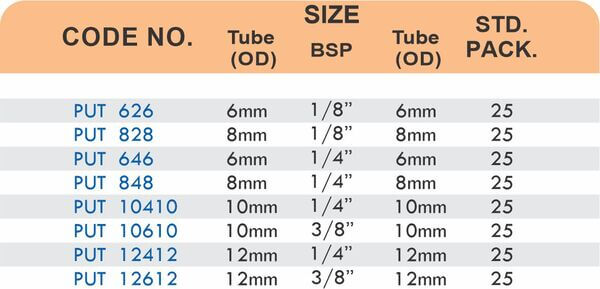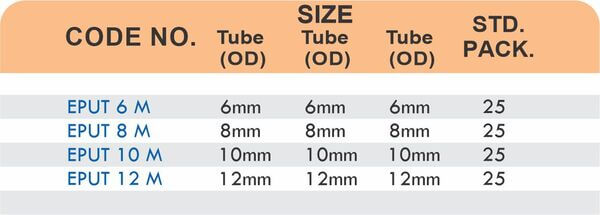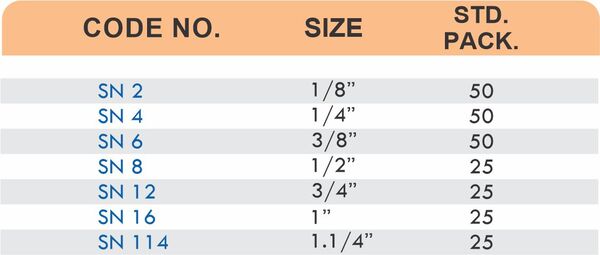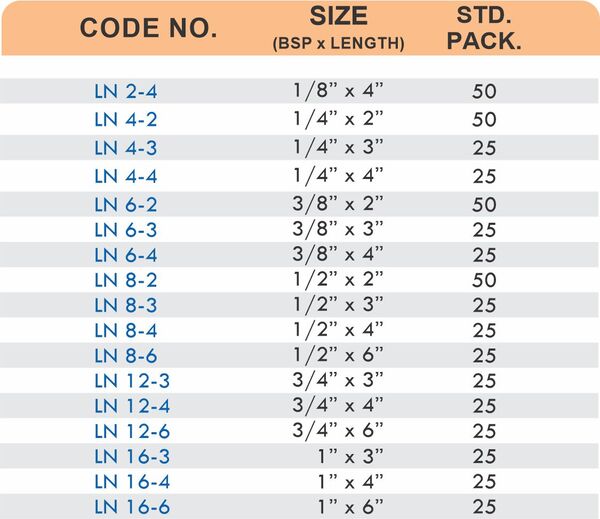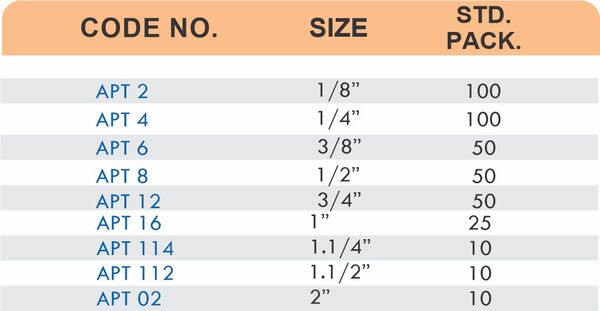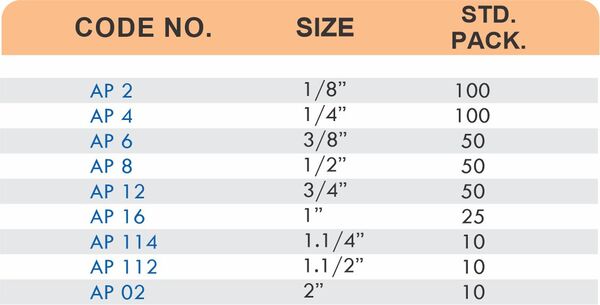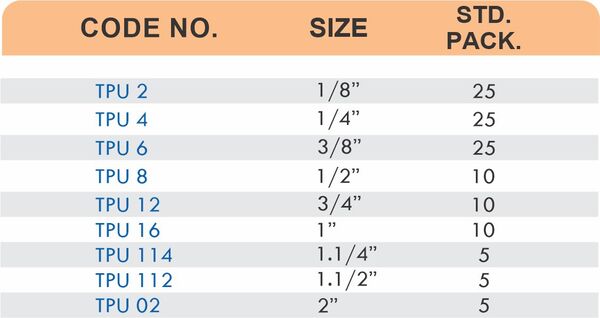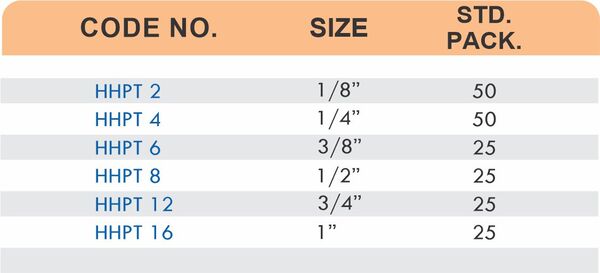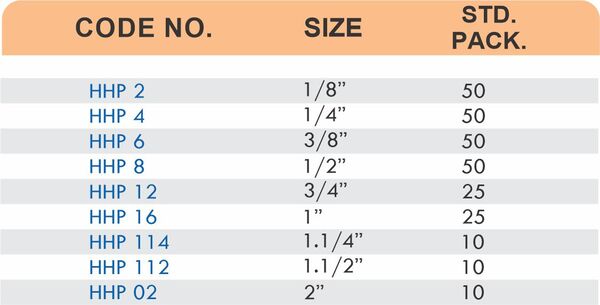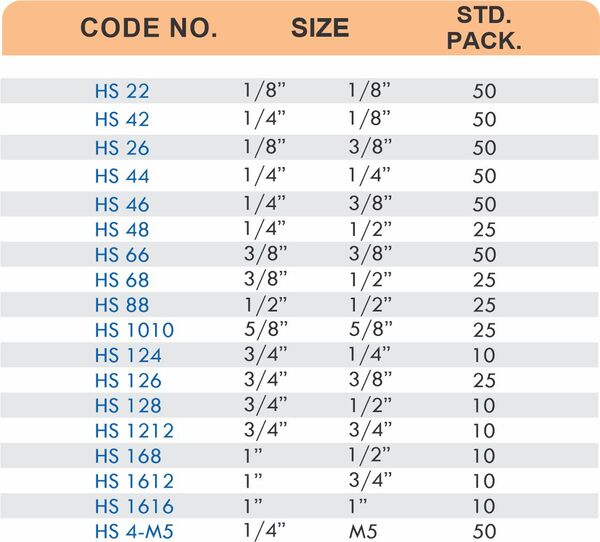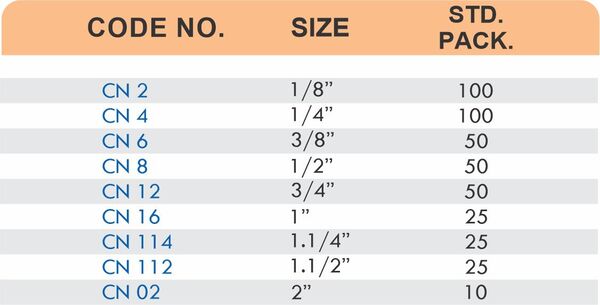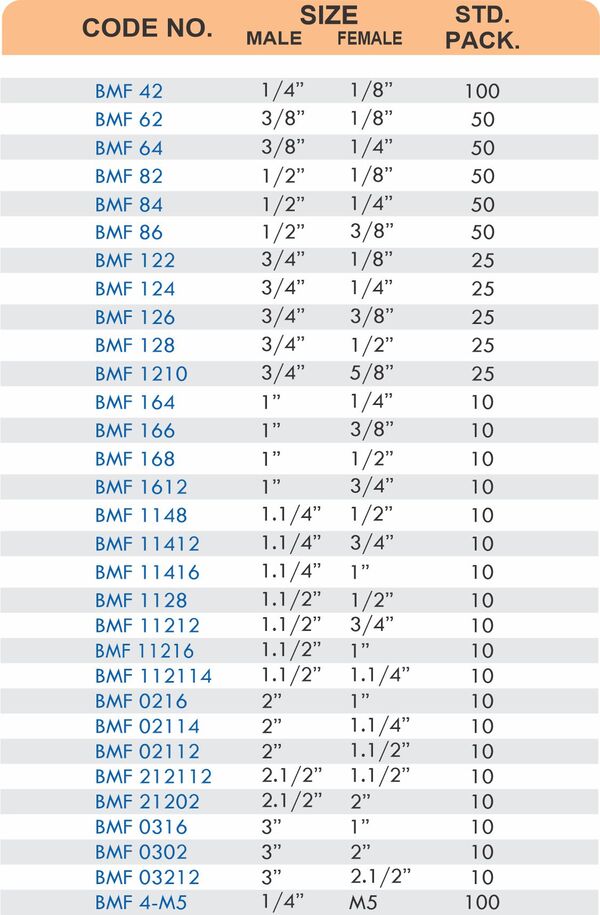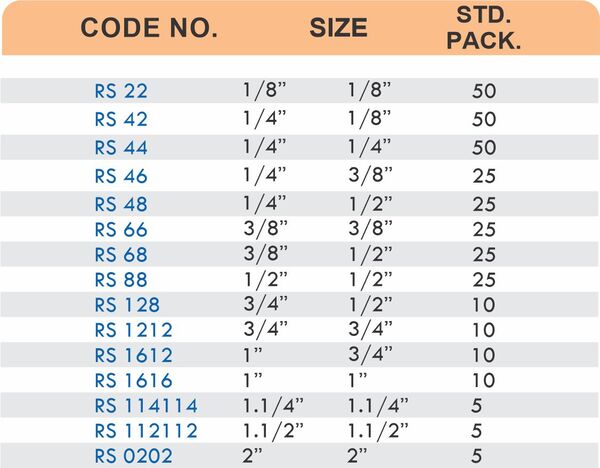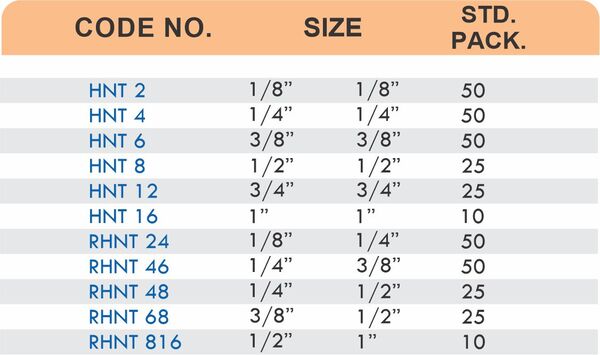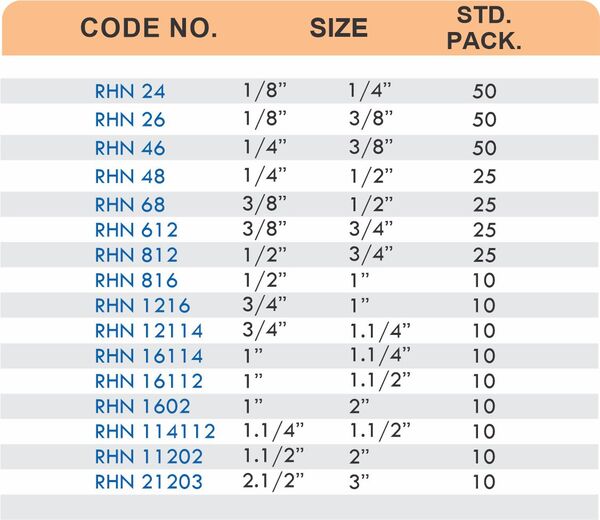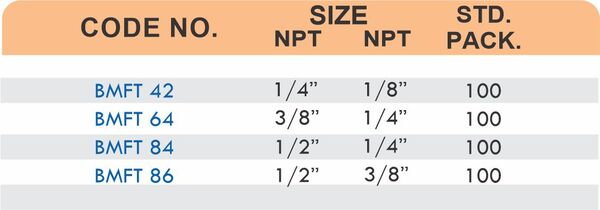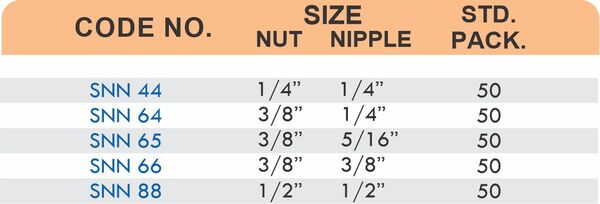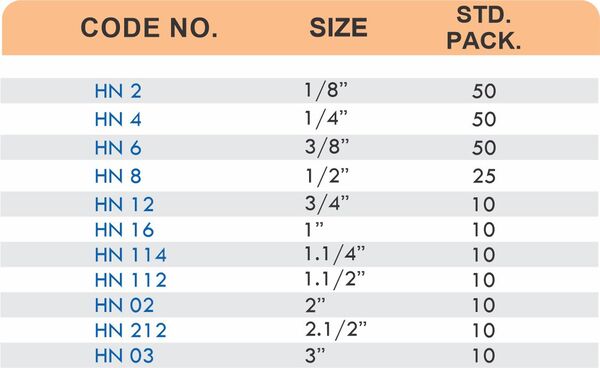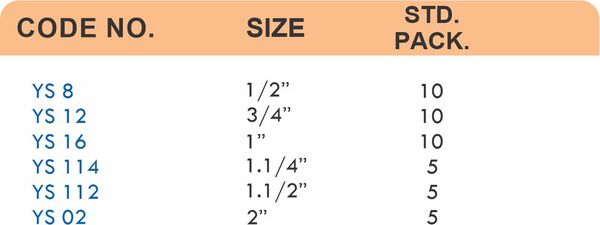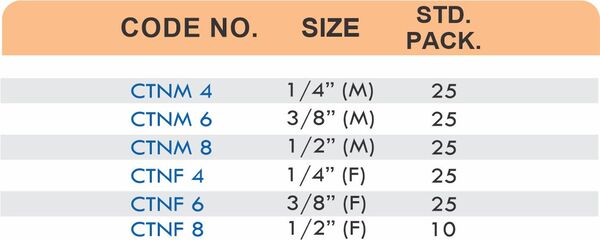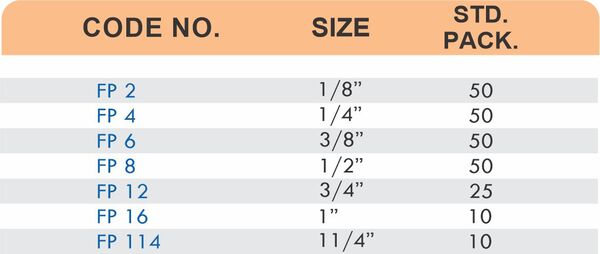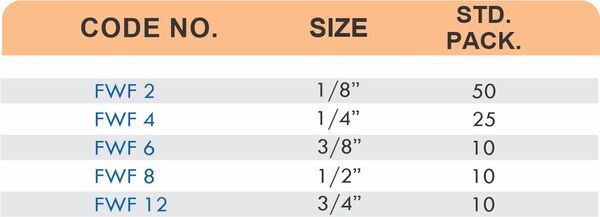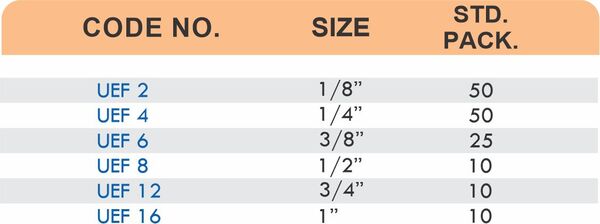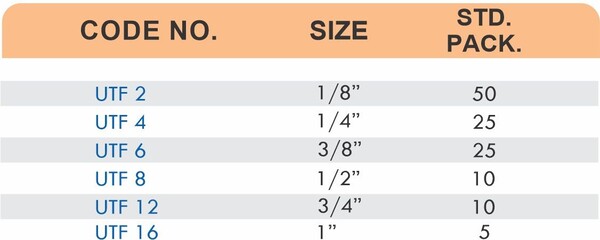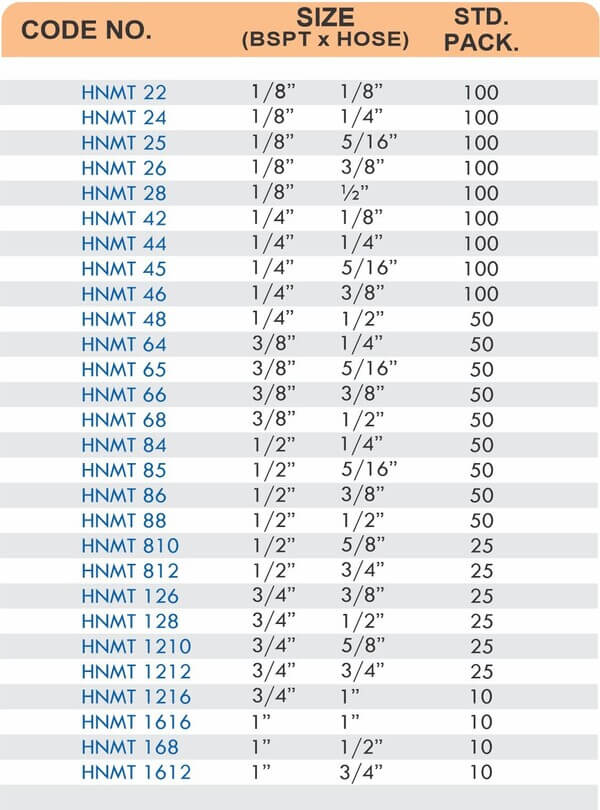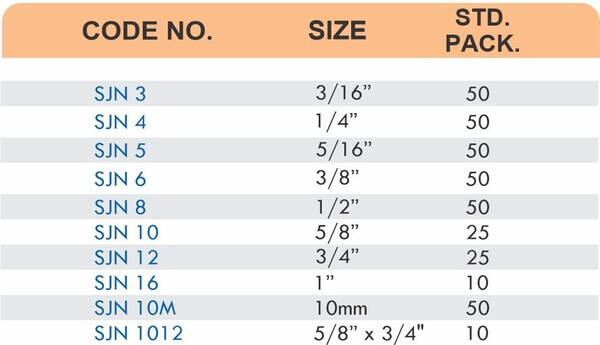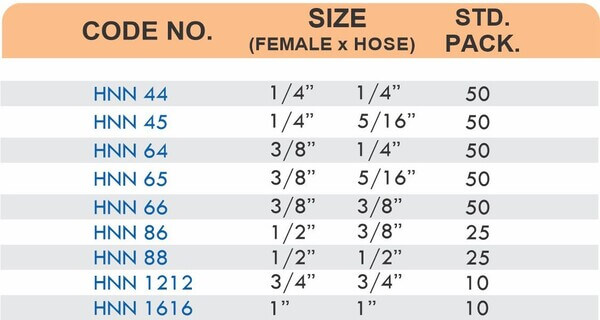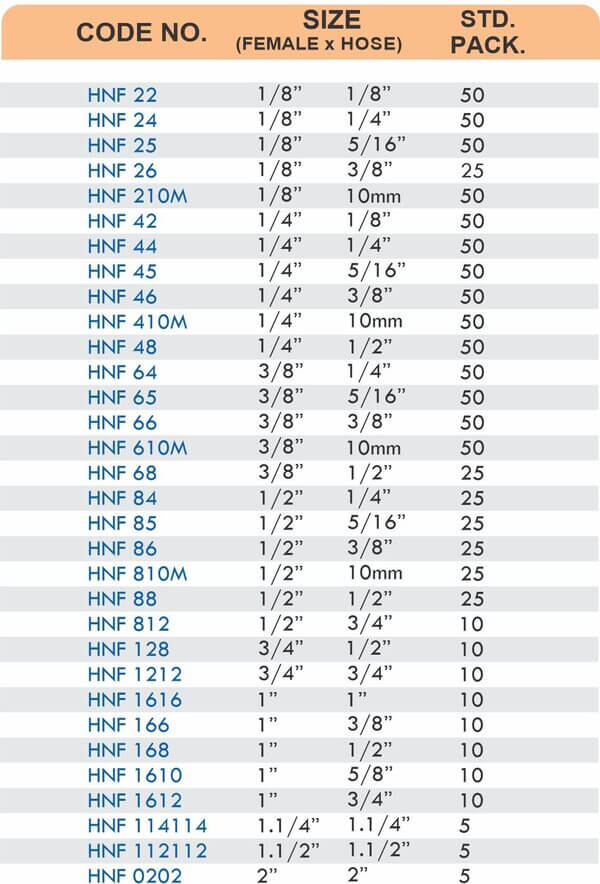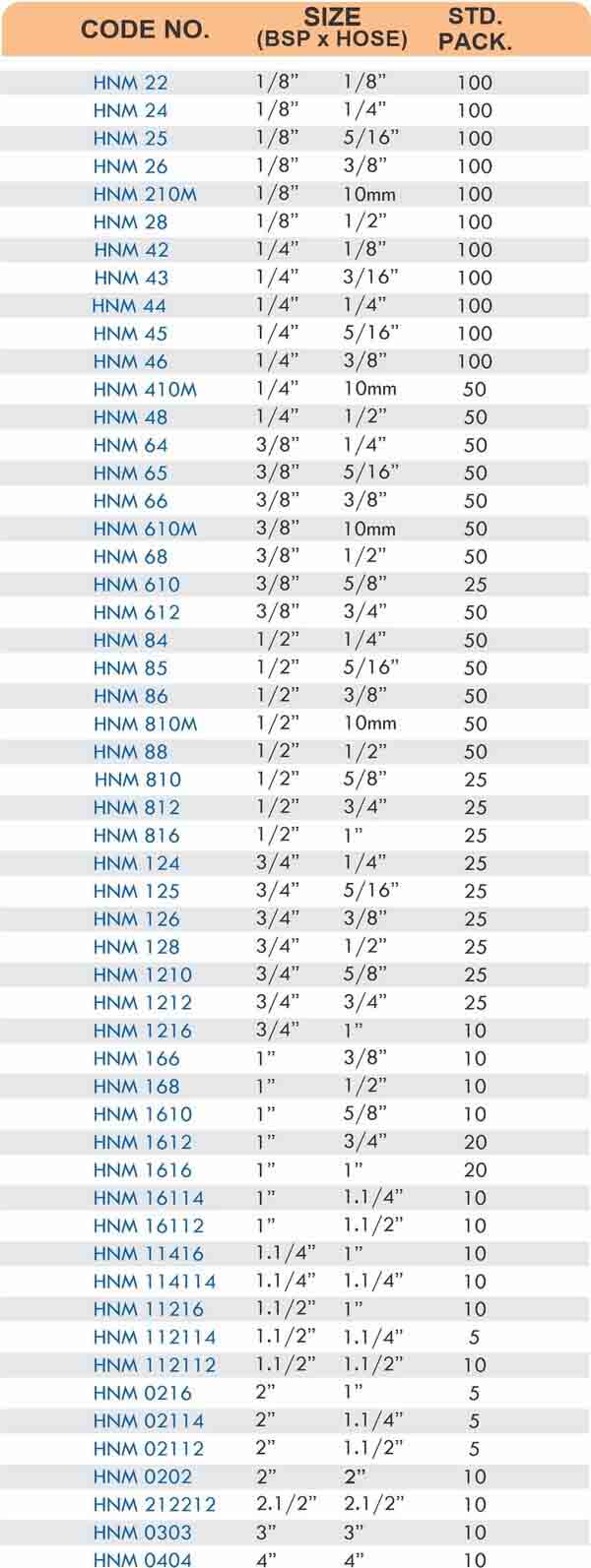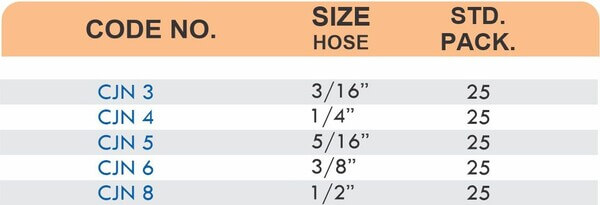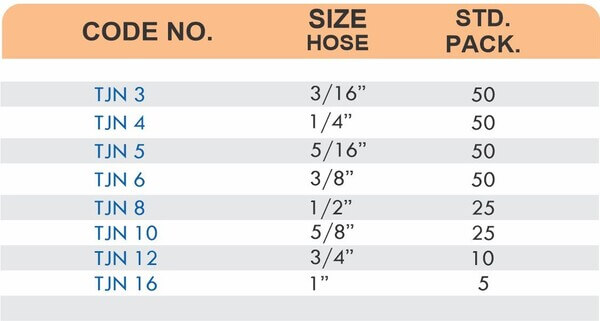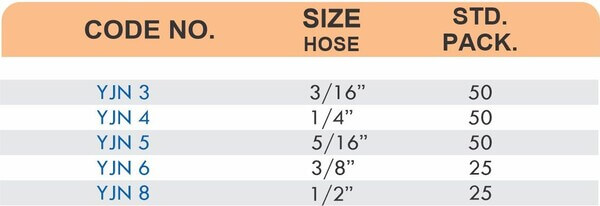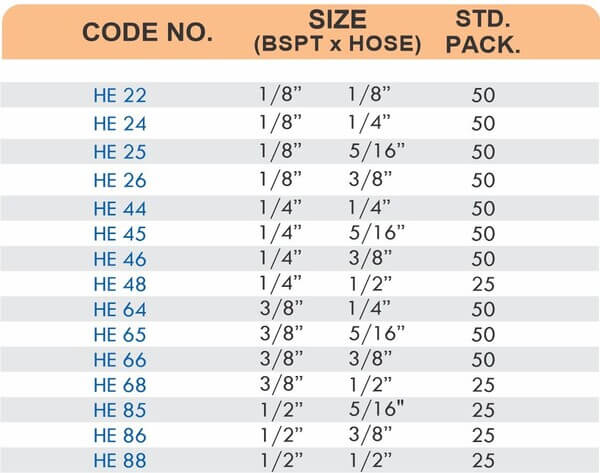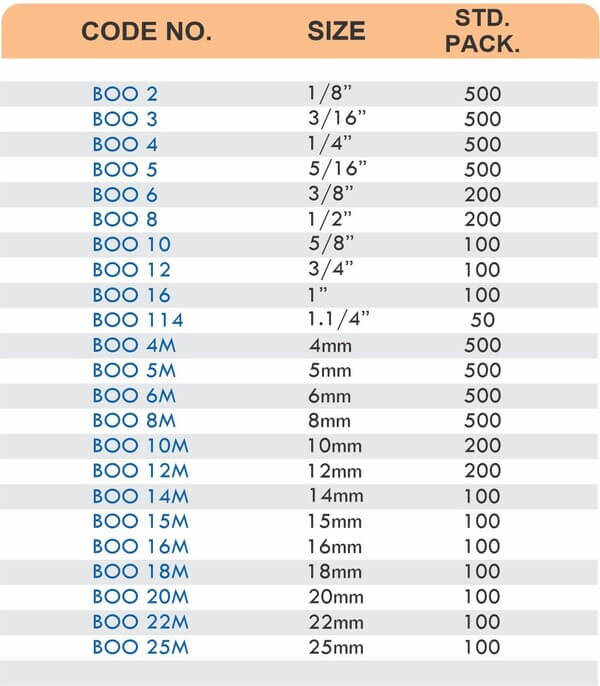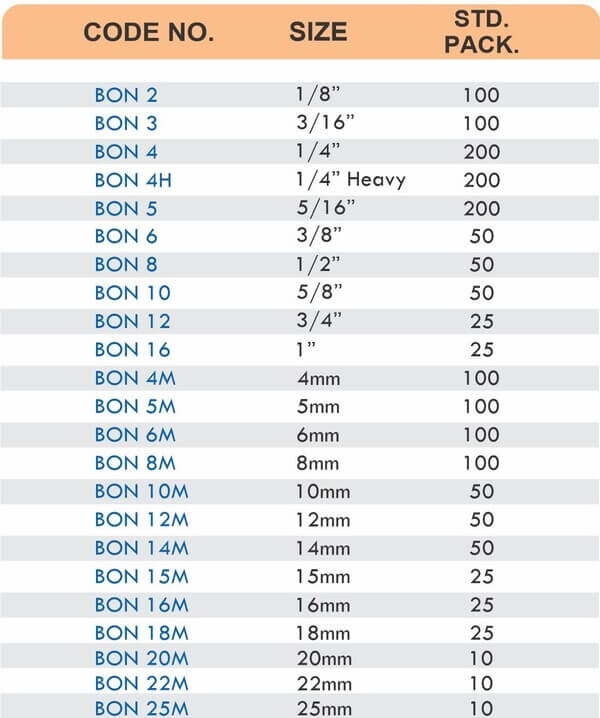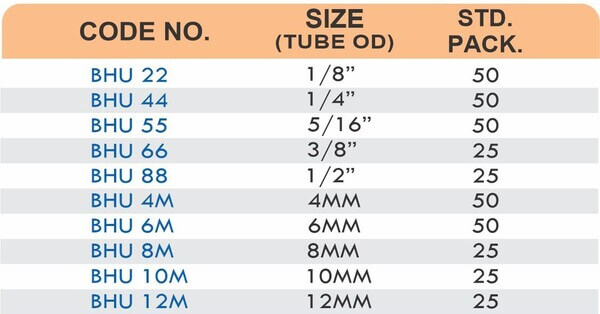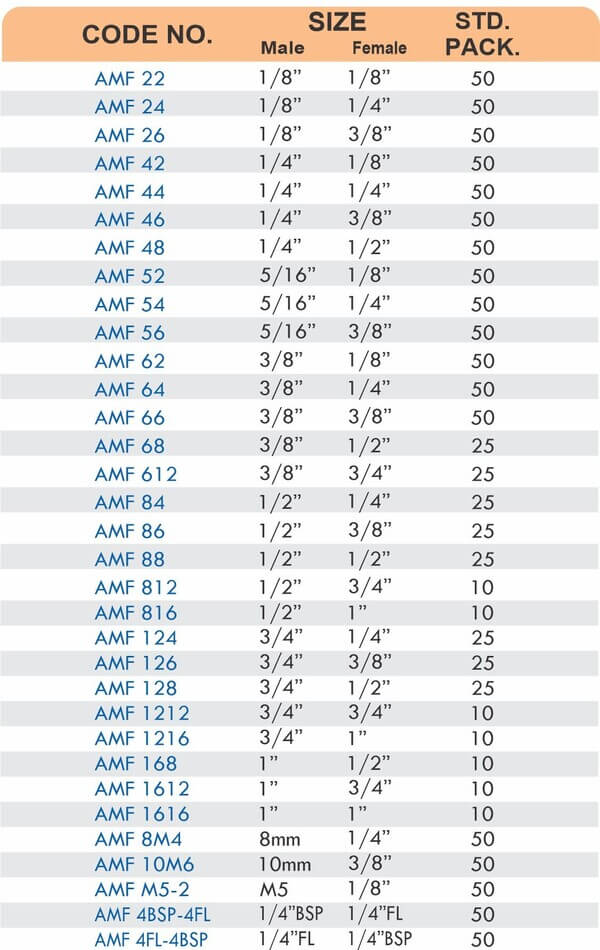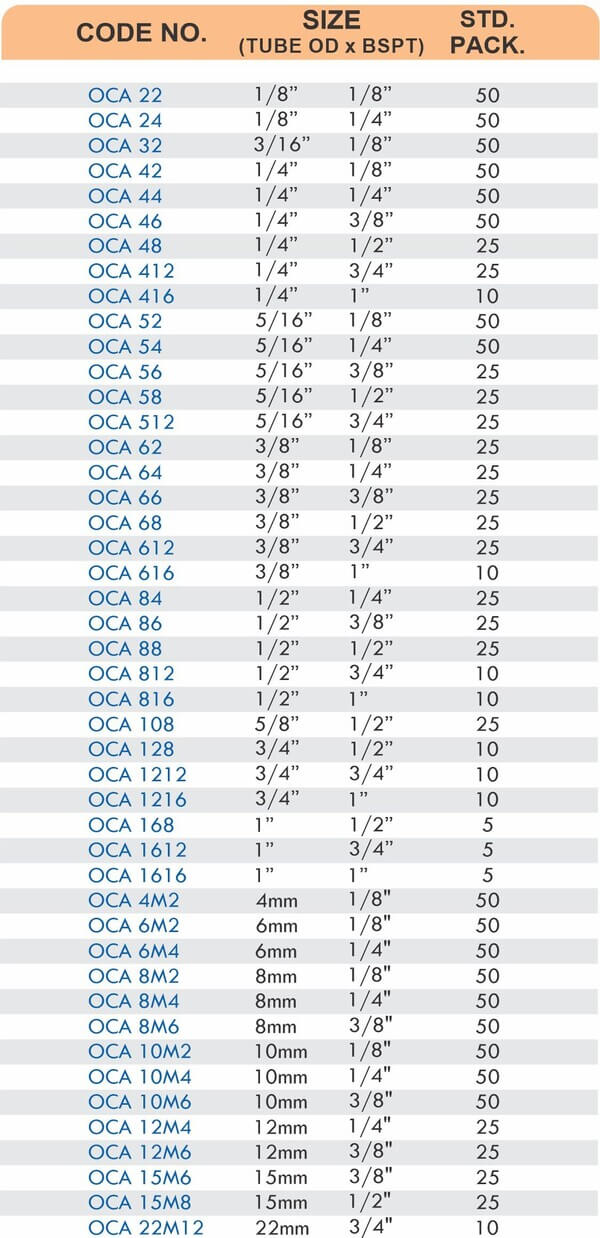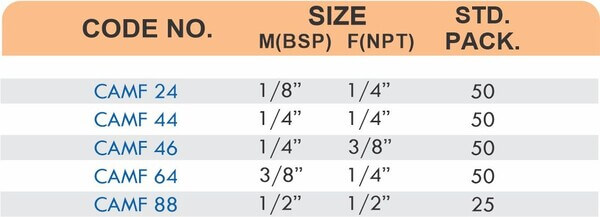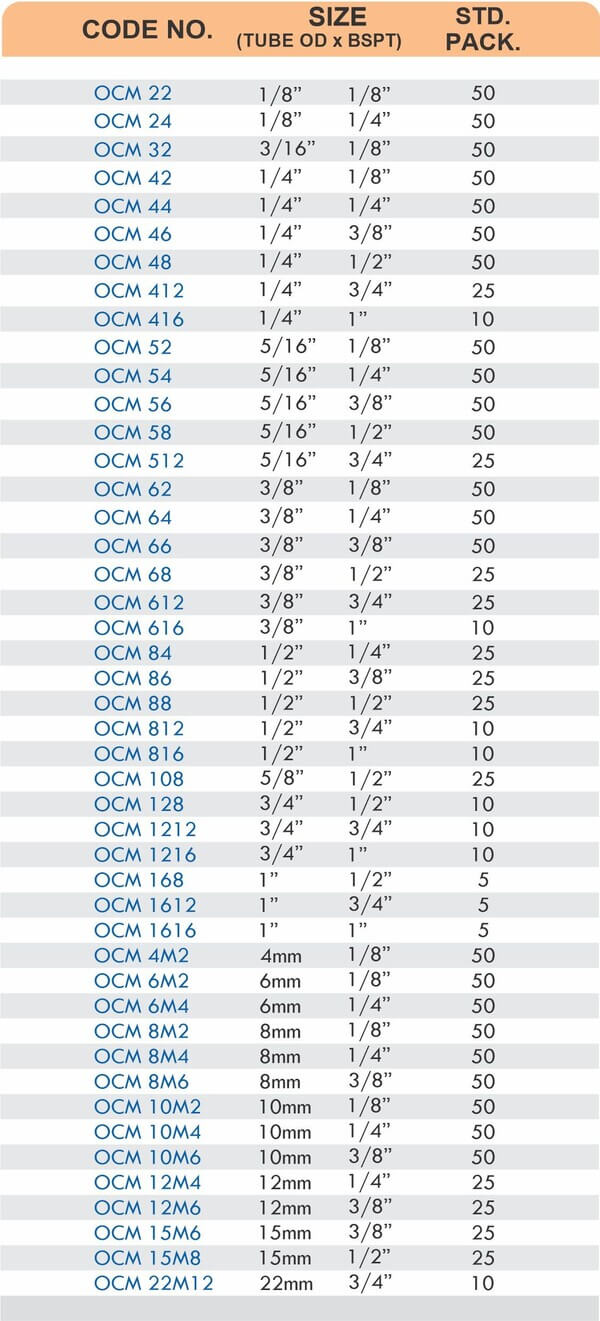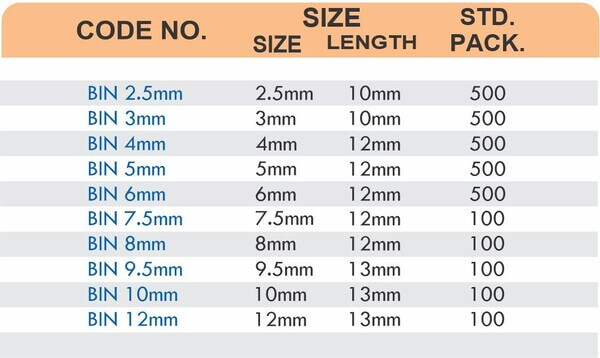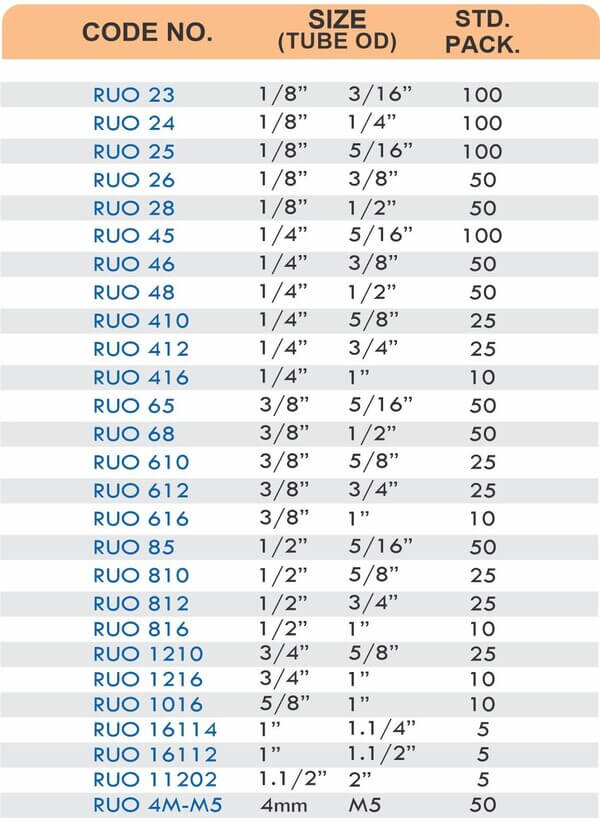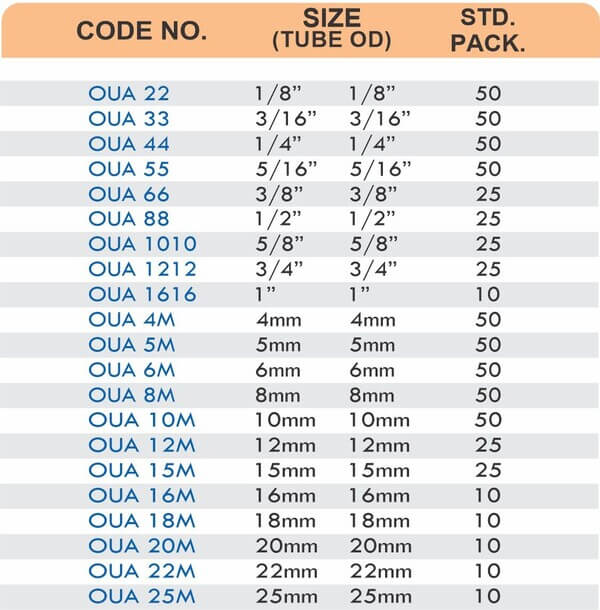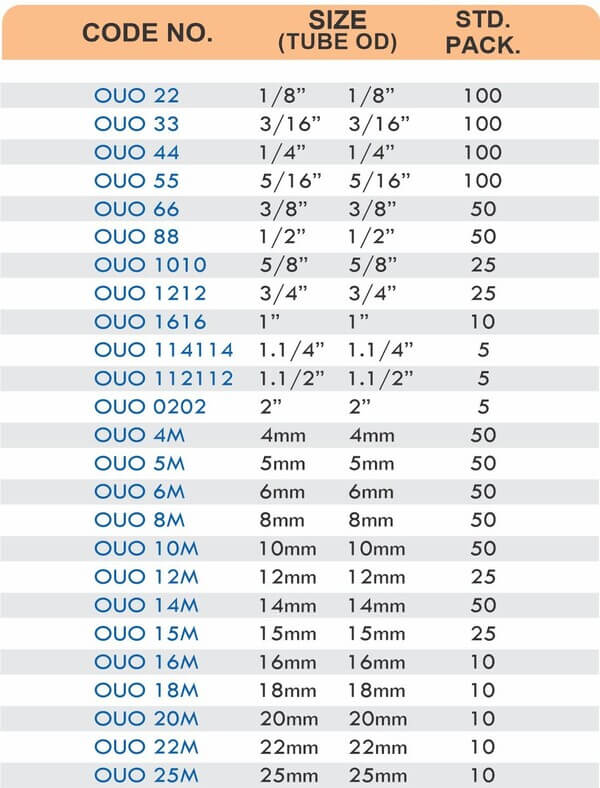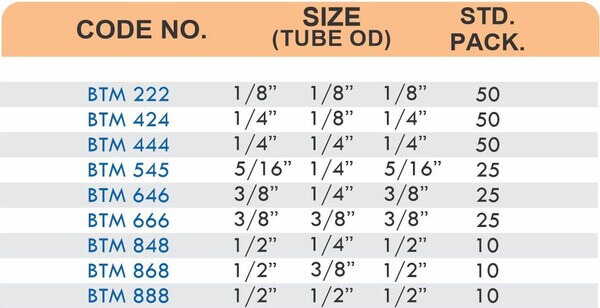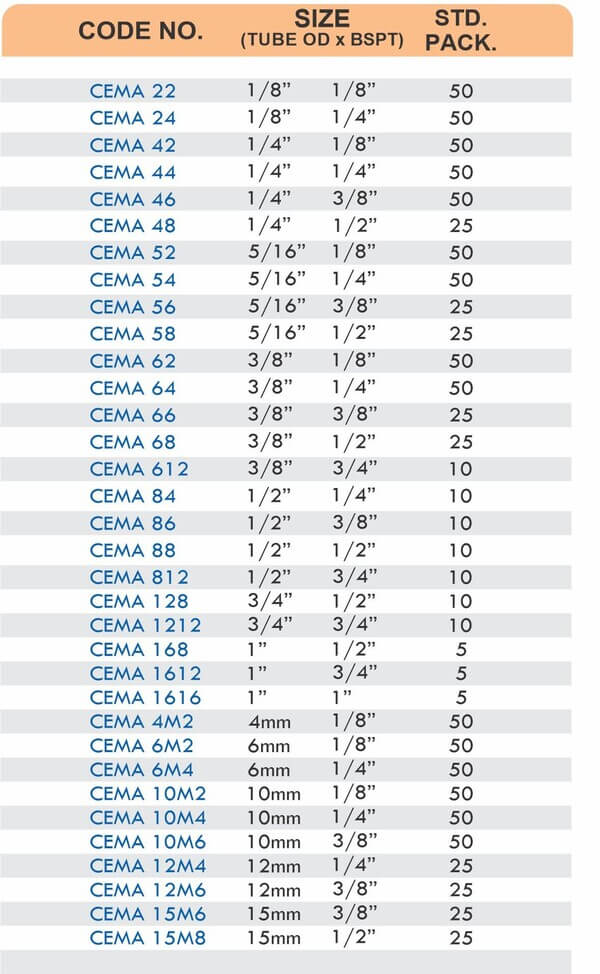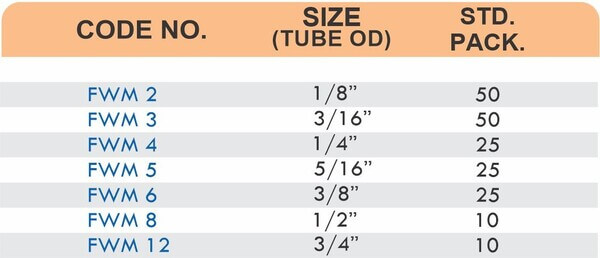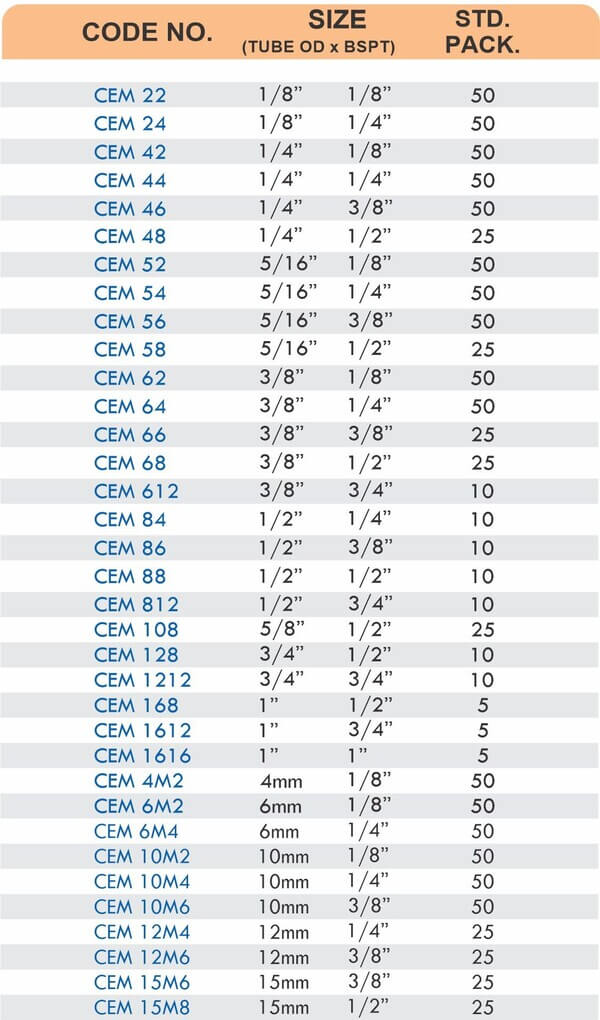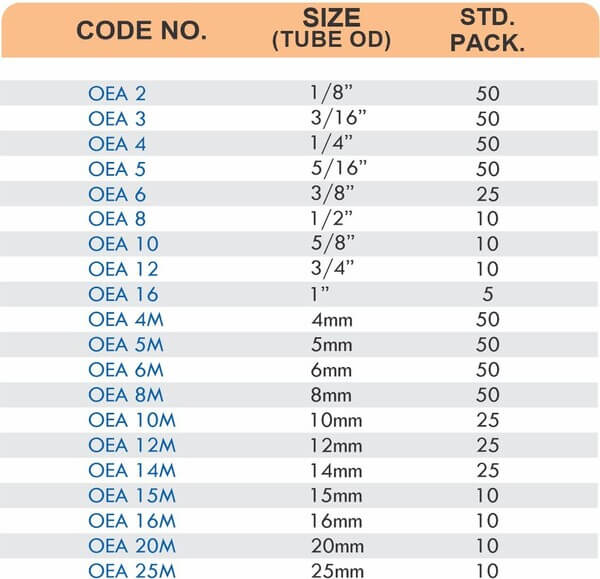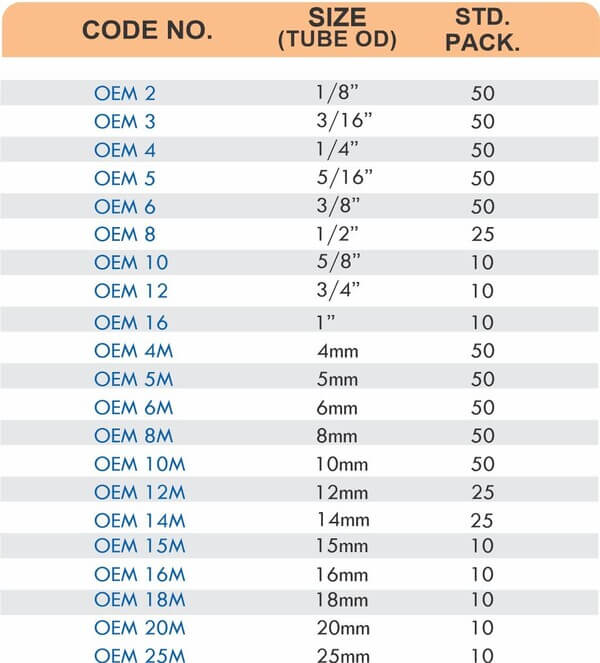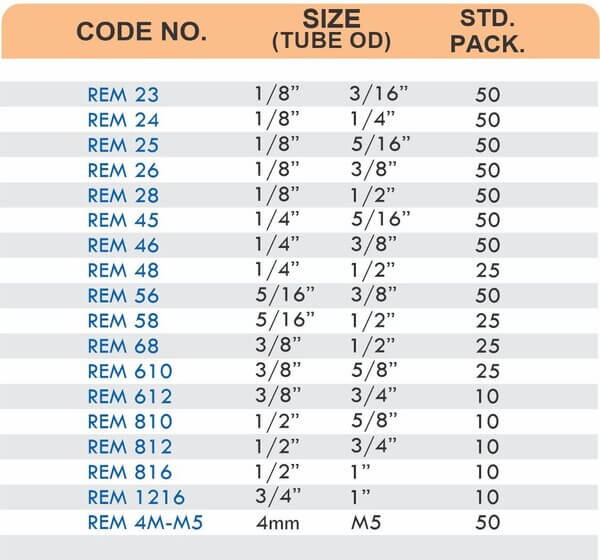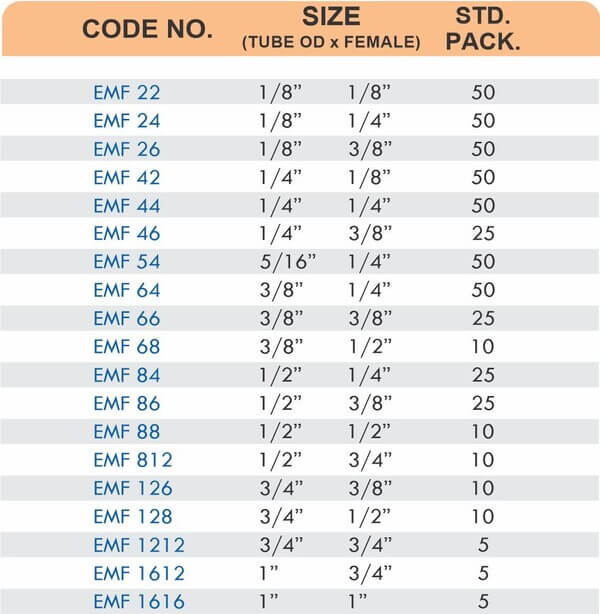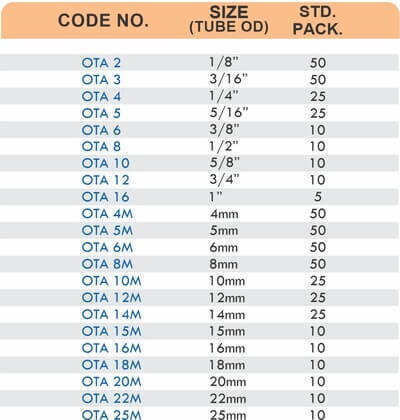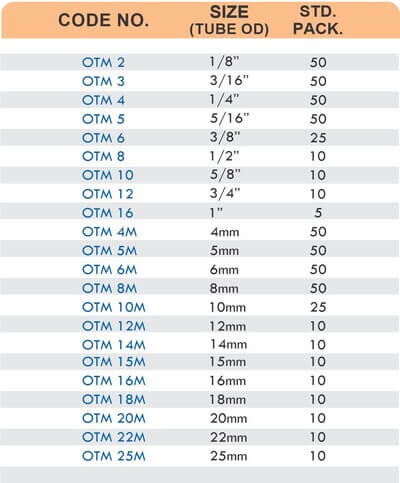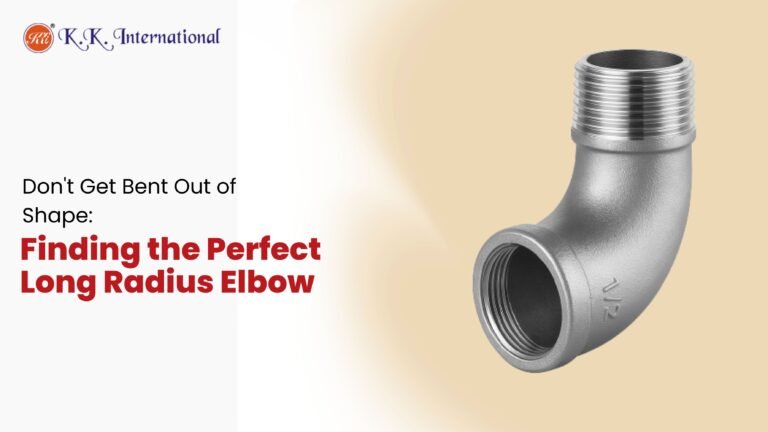
Forged in Steel: Understanding the World of MS Fittings
The uncomfortable truth about “cheap steel”
Most failures don’t start with pipe—they start with fittings. The geometry is harsher, the metallurgy is fussier, and the standards are stricter. As ASME puts it plainly: “This Standard covers overall dimensions, tolerances, ratings, testing, and markings for factory-made wrought buttwelding fittings in sizes NPS 1/2 through NPS 48.” That is the line in the sand; everything else is a bet against it. (ASME)
“The center to face distance for a long radius elbow… always is 1.1/2 x Nominal Pipe Size (1.1/2D).” If your drawings disagree, your drawings are wrong. (wermac.org)
And for the most common mild-steel spec you’ll actually purchase: “This specification covers wrought carbon steel and alloy steel fittings… for use in pressure piping… at moderate and elevated temperatures.” That’s ASTM A234 in black and white. (ASTM International | ASTM)
What exactly counts as “MS” here?
“Mild steel” is simply low-carbon steel—in that sweet spot of ductility-plus-weldability that fabrication teams love. A credible, conservative range: 0.05%–0.25% carbon. That’s not marketing folklore; multiple metallurgical sources pin it there. (Ryerson, AZoM, Metal Supermarkets)
Translation for spec writers: MS fittings typically mean carbon-steel fittings (elbows, tees, reducers, caps, branches, etc.) manufactured to ASME B16.9 (buttweld) or ASME B16.11 (forged/socket-weld/threaded), and often cross-referenced with ASTM A234 for material requirements and IS 1239 (Part 2) for Indian-market screwed and plain-ended steel fittings. (ASME, Octal Pipe Fittings, ASTM International | ASTM, Law Resource)
Standards map (a.k.a. how to avoid expensive ambiguity)
- ASME B16.9 governs factory-made wrought buttweld fittings (NPS 1/2–48). Quote above; scope is crystal. (ASME)
- ASTM A234 governs the material (carbon & alloy steel) behind those fittings for pressure and temperature service. Quote above. (ASTM International | ASTM)
- ASME B16.11 governs forged fittings. “These fittings are designated as Class 2000, 3000, and 6000 (threaded)… and Class 3000, 6000, and 9000 (socket-weld).” That’s your class shorthand. (Octal Pipe Fittings)
- IS 1239 (Part 2):2011 (India) covers butt-welded and seamless steel pipe fittings “intended for use for water, non-hazardous gas, air and steam.” If you’re building for public utilities or general services in India, this is the anchor. (Law Resource)
Zinger: Specs don’t overlap by accident; they interlock by design. Treat them like gears, not stickers.
The geometry that steals (or saves) flow
Elbows (LR vs SR). Long radius is 1.5D—period. That dimension drives pressure drop and clearance; it’s not a “preference,” it’s physics plus code. (wermac.org)
Dimensional tolerances. For buttweld fittings, the minimum wall at ends is not a vibe; “Not less than 87.5% of nominal” is the rule-of-thumb baked into published charts derived from ASME B16.9. When you find thin extrados on a bargain elbow, remember you just bought turbulence. (wermac.org, metalspiping.com)
Practical takeaway: Always inspect C to E (center-to-end), OD at bevel, and wall at ends. If your supplier can’t show dimension control against B16.9 tables, they’re selling shapes, not fittings. (wermac.org)
Forged fittings & threads: where small mistakes leak big money
Forged steel fittings (threaded & socket-weld) carry those Class 2000/3000/6000/9000 labels for a reason. They’re tied to pipe schedules used for rating. One manufacturer summarizes the current logic: “As per latest revision of ASME B16.11, pipe fittings are rated based on the schedule number… Following is the correlation between fitting’s class and schedule.” (e.g., Class 3000 SW ≈ Schedule 80). Use the table; guesswork costs outages. (pennusa.com)
And please don’t mix threads across standards. Swagelok’s caution is blunt: “It is important that ISO and NPT threads are not intermixed. ISO threads have a 55° angle compared with the 60° angle for NPT.” That’s a sealing geometry problem, not a torque problem. (georgia.swagelok.com)
Side note: ASME B16.11 draws its world tightly—pressure-temperature ratings, dimensions, tolerances, markings, materials. If you want predictable performance, stay inside the lines. (Octal Pipe Fittings)
The weight myth (and the schedule reality)
A common procurement trap: “What’s the elbow weight?” Here’s the uncomfortable fact from a widely referenced engineering compendium: “ASME buttweld fitting specifications do not specify weights for fittings.” Any weight table you see is approximate and often manufacturer-specific. Buy by standard + size + schedule + MTC, not by kilograms. (wermac.org)
Sanity check: If the schedule (wall) and end dimensions match B16.9 and the material test certificate matches A234, the weight will be whatever the geometry and process yield—don’t reverse-engineer quality from mass. (ASME, ASTM International | ASTM)
Where MS fittings actually live (and why that matters)
Indian municipal and utility projects frequently reference IS 1239 (Part 2) for screwed/plain-ended steel fittings across water, air, and non-hazardous gas systems; galvanizing, when specified, must comply with IS 4736. If your tender says “IS 1239 fittings,” that’s the playing field. (Law Resource)
Buttweld process lines (hydrocarbon, power, chemical) skew toward ASME B16.9 + ASTM A234, selecting LR elbows for smoother hydraulics and tighter control of weld prep and tolerances. Forged fittings show up on small-bore, high-stress tap-offs and instrument runs—where classes and thread discipline matter more than catalog aesthetics. (ASME, ASTM International | ASTM, Octal Pipe Fittings)
Fast, skimmable fitment priorities (read like a commissioning checklist)
- Confirm the standard first. B16.9 vs B16.11 vs IS 1239 is not a clerical choice; it decides geometry, threads, and rating. (ASME, Octal Pipe Fittings, Law Resource)
- Lock the radius. LR = 1.5D; SR = 1.0D. Don’t “assume” on site. (wermac.org)
- Measure the ends. OD at bevel, center-to-end, and wall ≥ 87.5% of nominal. (wermac.org)
- Map class ↔ schedule. Don’t hang a Class 3000 SW fitting on Schedule 40 and call it “good.” (pennusa.com)
- Never intermix NPT/BSP. 60° vs 55° is a leak you torque into existence. (georgia.swagelok.com)
Brand-relevant note (without the salesy aftertaste)
When projects hinge on thread integrity, adapters, and instrument-ready transitions, a precision fittings partner reduces risk more than a second brand of PTFE tape ever will. KK International, for example, manufactures precision brass compression, flare, and pipe fittings—the last-mile components that keep small-bore systems honest and stop BSP ↔ NPT confusion before it hits the site diary. (KK International)
Why mention brass in a steel story? Because real plants mix metals at interfaces, instrument take-offs, and utility tie-ins. Your spec doesn’t end at the reducer; it ends where sealing geometry, plating, and torque curves agree.
Field pitfalls you can stop in design
Thin-wall ends on elbows. If a mill is casual about the 87.5% minimum at ends, expect weld suck-back and under-thickness on the extrados after fit-up. Reject early; rework later is a tax. (wermac.org)
“Generic LR” elbows. LR is 1.5D, not “close enough.” Pumps don’t care about your optimism; they care about head loss and NPSH margins. (wermac.org)
Thread roulette. “ISO threads have a 55° angle… 60° for NPT… do not intermix.” If you’ve ever used two wrenches and a prayer, you’ve seen why. Quote is verbatim for a reason. (georgia.swagelok.com)
Spec drift between tender and buy. IS 1239 calls up its own threading (IS 554), materials, and even galvanizing references; swapping in a near-match catalog part can quietly break compliance. Read the reference ladder. (Law Resource)
A quick detour into pressure reality
Designers sometimes ask why a forged Class 3000 elbow feels “overbuilt” next to a Schedule 40 line. That’s because classes refer to a rating methodology tied to specific pipe schedules in the standard, not to your actual plant conditions. The correlation tables (e.g., Class 3000 SW ≈ Sch. 80) exist so you don’t guess; use them and avoid asymmetric weak links. (pennusa.com)
India-specific clarity (because tender language matters)
When your spec reads “IS 1239 (Part 2) fittings”, you’re in a domain that:
- allows screwed sockets and plain-ended fittings,
- references IS 554 for threads, and
- explicitly covers water, air, and non-hazardous gas service.
If galvanizing is called, IS 4736 prescribes coating. This is not optional color; it’s compliance. (Law Resource)
Where KK International fits in (the smart way, not the hard sell)
Think of KK International as the precision-interface layer: compression, flare, and brass pipe fittings where your MS system meets instrumentation, pneumatics, or utilities—and where thread discipline and leak-tightness are unforgiving. It’s the quiet place to buy certainty. (KK International)
The decision matrix you can steal
- If it’s buttweld MS on process lines: Anchor on ASME B16.9 + ASTM A234; verify LR/SR, ends, wall ≥ 87.5%, and demand MTCs. (ASME, ASTM International | ASTM, wermac.org)
- If it’s small-bore, high-stress, or instrument tie-ins: Go ASME B16.11, map class ↔ schedule explicitly, and police thread standards. (Octal Pipe Fittings, pennusa.com, georgia.swagelok.com)
- If it’s Indian municipal/utility scope: IS 1239 (Part 2) plus galvanizing per IS 4736 when required. (Law Resource)
- If you need thread-clean adapters or last-mile precision: bring in KK International early; don’t “value-engineer” leaks. (KK International)
Bottom line (and the two lines to remember)
- “The center to face distance for a long radius elbow… always is 1.1/2D.” You either meet it or you don’t. (wermac.org)
- “ASME buttweld fitting specifications do not specify weights.” Buy to code, not to kilograms. (wermac.org)
If your project lives or dies on fitment, thread discipline, and leak-tight commissioning, give your team the boredom of a standards-true bill of materials—and the relief of a clean startup. For the last-mile brass interfaces and adapters that keep the whole system honest, talk to KK International before the first heat number ever hits your inbox. (KK International)
Sources used include ASME B16.9 scope, ASTM A234 scope, Wermac geometry/tolerance tables, B16.11 class designations and rating logic, Swagelok thread guidance, and IS 1239 (Part 2) scope—each cited inline above for verification. (ASME, ASTM International | ASTM, wermac.org, Octal Pipe Fittings, pennusa.com, georgia.swagelok.com, Law Resource)

